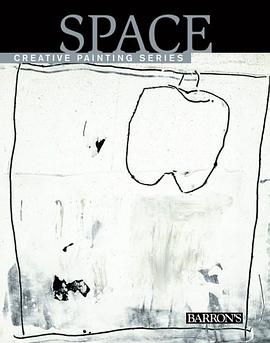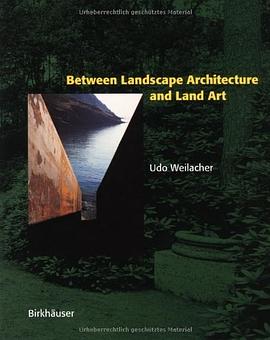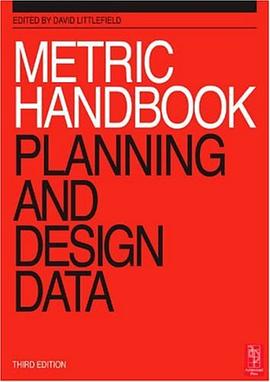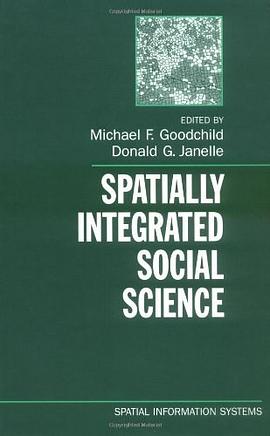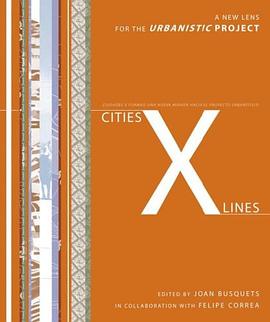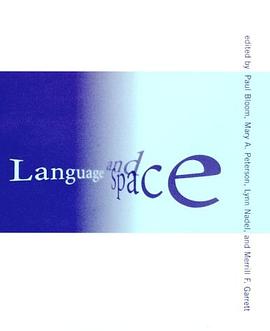

The study of the relationship between natural language and spatial cognition has the potential to yield answers to vexing questions about the nature of the mind, language, and culture. The fifteen original contributions in Language and Space bring together the major lines of research and the most important theoretical viewpoints in the areas of psychology, linguistics, anthropology, and neuroscience, providing a much needed synthesis across these diverse domains.Each chapter gives a clear up-to-date account of a particular research program. Overall, they address such questions as: how does the brain represent space, how many kinds of spatial representations are there, how do we learn to talk about space and what role does culture play in these matters, should experimental tests of the relations between space and language be restricted to closed-class linguistic elements or must the role of open-class elements be considered as well? Throughout authors speak to each other's arguments, laying bare key areas of agreement and disagreement.Contributors: Manfred Bierwisch. Paul Bloom. Melissa Bowerman. Karen Emmorey. Merrill Garrett. Ray Jackendoff. Philip Johnson-Laird. Barbara Landau. Willem Levelt. Stephen Levinson. Gordon Logan. Jean Mandler. Lynn Nadel. John O'Keefe. Mary Peterson. Daniel Sadler. Tim Shallice. Len Talmy. Barbara Tversky.
具体描述
读后感
评分
评分
评分
评分
用户评价
相关图书
本站所有内容均为互联网搜索引擎提供的公开搜索信息,本站不存储任何数据与内容,任何内容与数据均与本站无关,如有需要请联系相关搜索引擎包括但不限于百度,google,bing,sogou 等
© 2025 book.wenda123.org All Rights Reserved. 图书目录大全 版权所有

